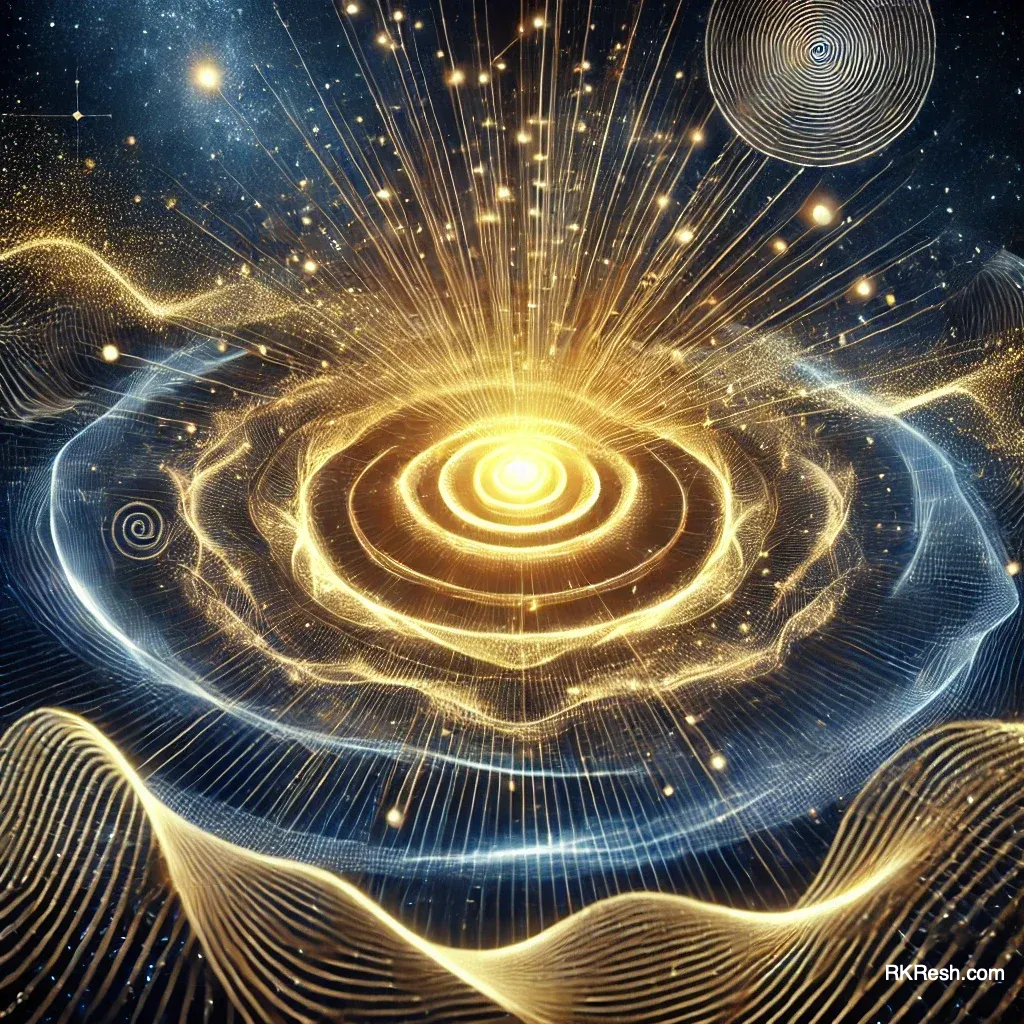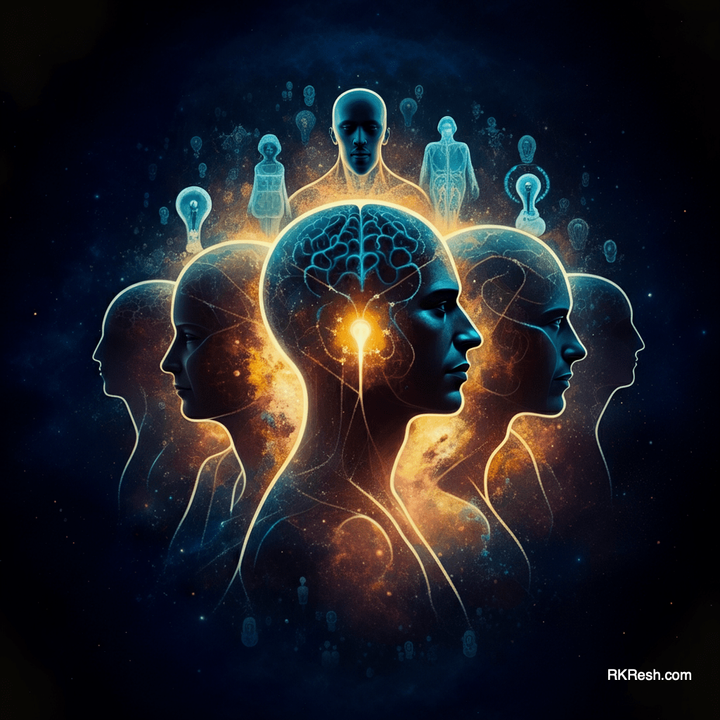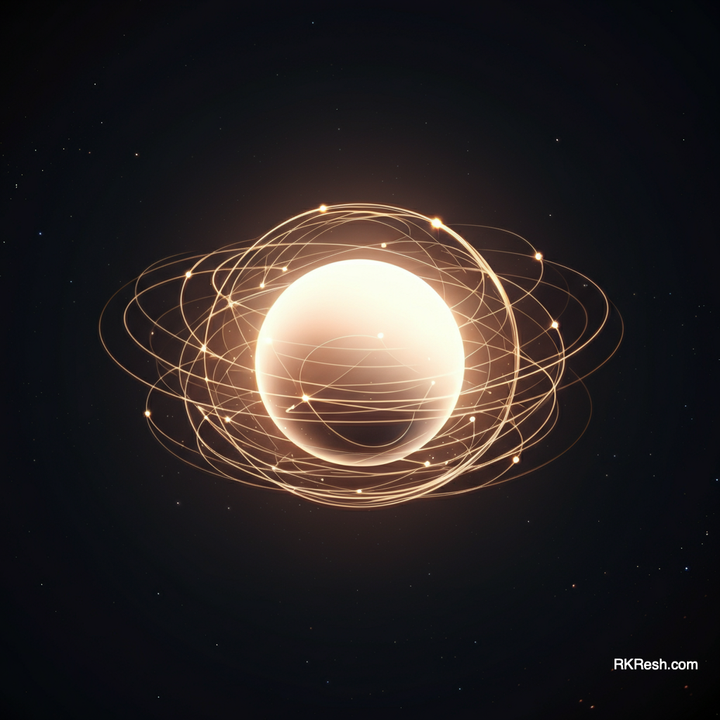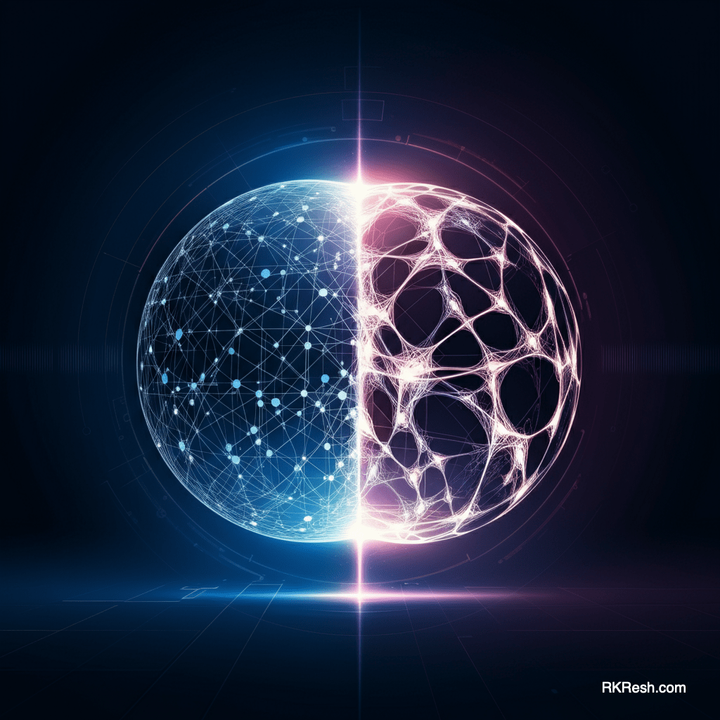Attention, Measurement, and the Observer Effect—Are They the Same?
008 The mysterious connection between observation and reality. Explore how quantum mechanics blurs the lines between the observer and the observed, revealing the profound role of Attention in shaping the universe—and perhaps awakening new dimensions of your own Awareness.

Attention Series 008
In the previous article, I explored the notion of attention as a potent force capable of shaping reality itself. We ventured into the interplay between quantum mechanics and ancient philosophies, examining how the act of focusing might influence both the tangible and the abstract. By considering attention not merely as passive observation but as an active participation in the creation of our world, we uncovered profound questions about humanity's role in the universe. This concept left us wondering—if attention is indeed a creative force, how might this understanding transform the way we engage with life and the infinite possibilities it holds?

What does it mean to observe? Is it the mechanical recording of phenomena? Or does the act of witnessing itself weave unseen threads into the fabric of reality? These questions have danced delicately on the edge of quantum mechanics and metaphysics for decades, offering tantalizing glimpses into what it means to be an observer in a universe that appears as curious about us as we are about it.
While quantum measurement and conscious observation often seem intertwined, can they truly be equated? Could they reveal deeper truths about the role Attention plays in shaping outcomes? To explore these mysteries, we must first untangle the threads of mechanical measurement and conscious observation.
Quantum Measurement vs. Conscious Observation
The Unfeeling Eye of the Machine
Quantum measurement, in its most mechanical sense, involves devices—detectors, photonic counters, or spectrometers—that interact with particles, collapsing probabilities into certainties. Here, the observer is not flesh and thought but steel and calculation. These devices are designed to eliminate bias, capturing results unaffected by human perception or intention.
Yet are machines truly impartial? When they interface with reality, do they alter it—inadvertently participating in the grand symphony of existence?
More intriguingly, aren't machines merely acting as intermediaries in the process of human observation? In the end, it is a human on the receiving end of the data generated by a machine's measurement. This setup—where observations pass from the observed phenomenon, through a machine, to a human—is the standard process for most measurements. The ultimate goal is for humans to receive data, interpret it, and integrate it into their understanding of what is being observed.
Conscious Observation—The Human Element
Even though machines gather data about phenomena beyond our senses, it is ultimately human observation that interprets and assigns meaning to this data. When we observe, we interpret, we imbue. The concept of the "observer effect" suggests that the very act of observation can cause a phenomenon to shift—but what role does consciousness itself play in this transformation?
Could the difference be Attention? And if so, is Attention simply a feedback loop, or is it the brush that paints reality onto the quantum canvas?
Revisit the Double-Slit Experiment
Few experiments have sparked as much philosophical intrigue as the famed double-slit experiment. Its beauty lies in its simplicity—a beam of light, two narrow slits, and a detector screen. But beneath this simplicity lurks a mystery profound enough to upend our understanding of reality.
The Setup and the Mystery
When light passes through two slits, it behaves as a wave, creating an interference pattern. However, when the path of light is "measured"—even passively—it collapses into particle behavior. The interference vanishes, as though the photons understand they’re being watched.
Here we touch the core of the observer effect. Is it the mechanical setup registering data, or the act of observation—conscious or otherwise—that alters reality? This question becomes stranger with each refinement of the experiment.




